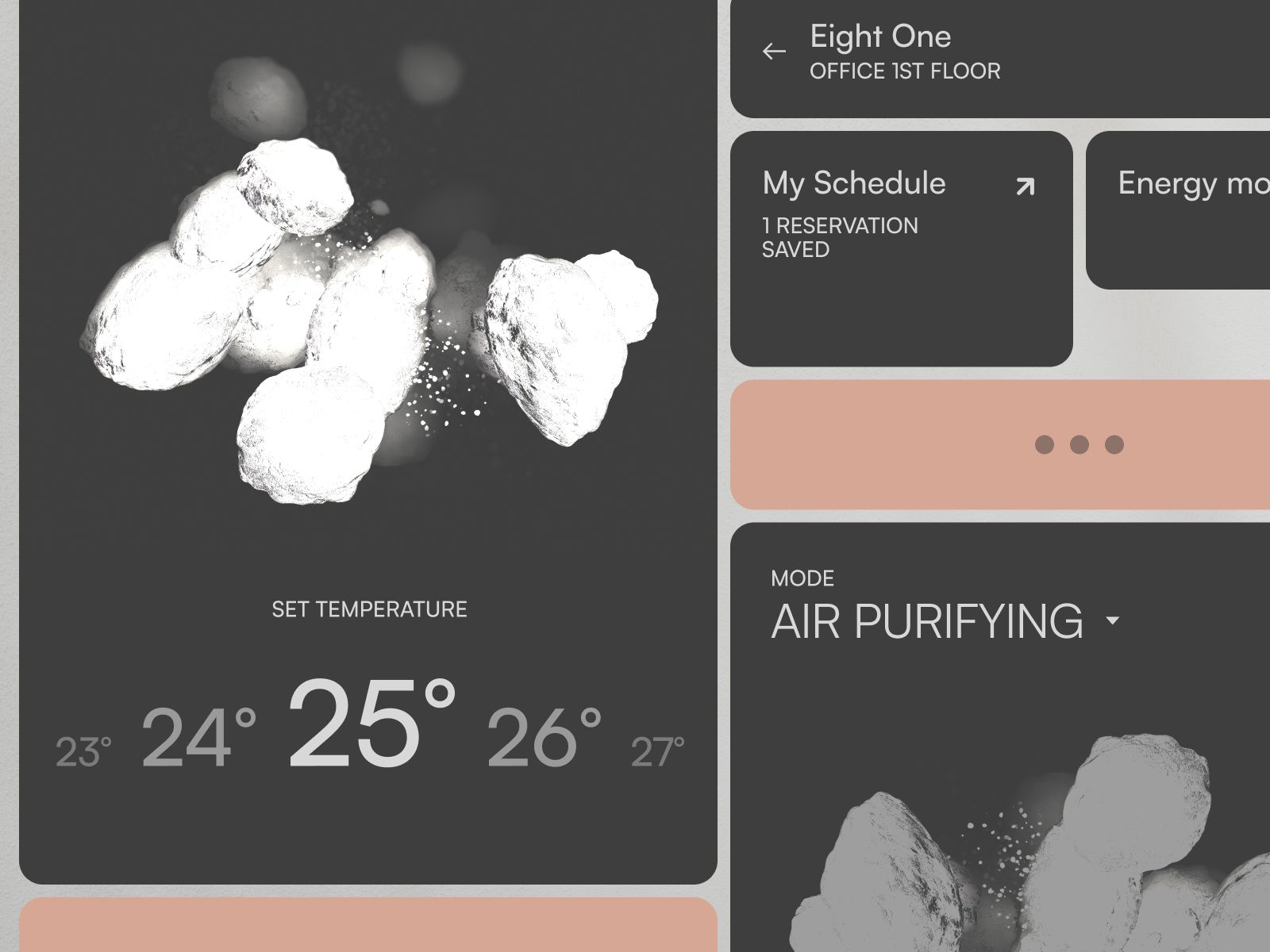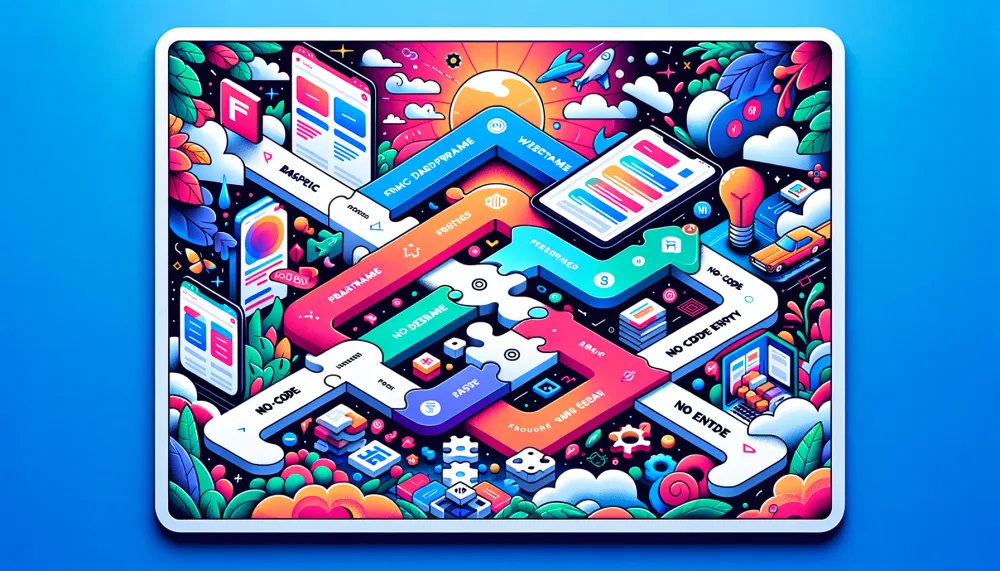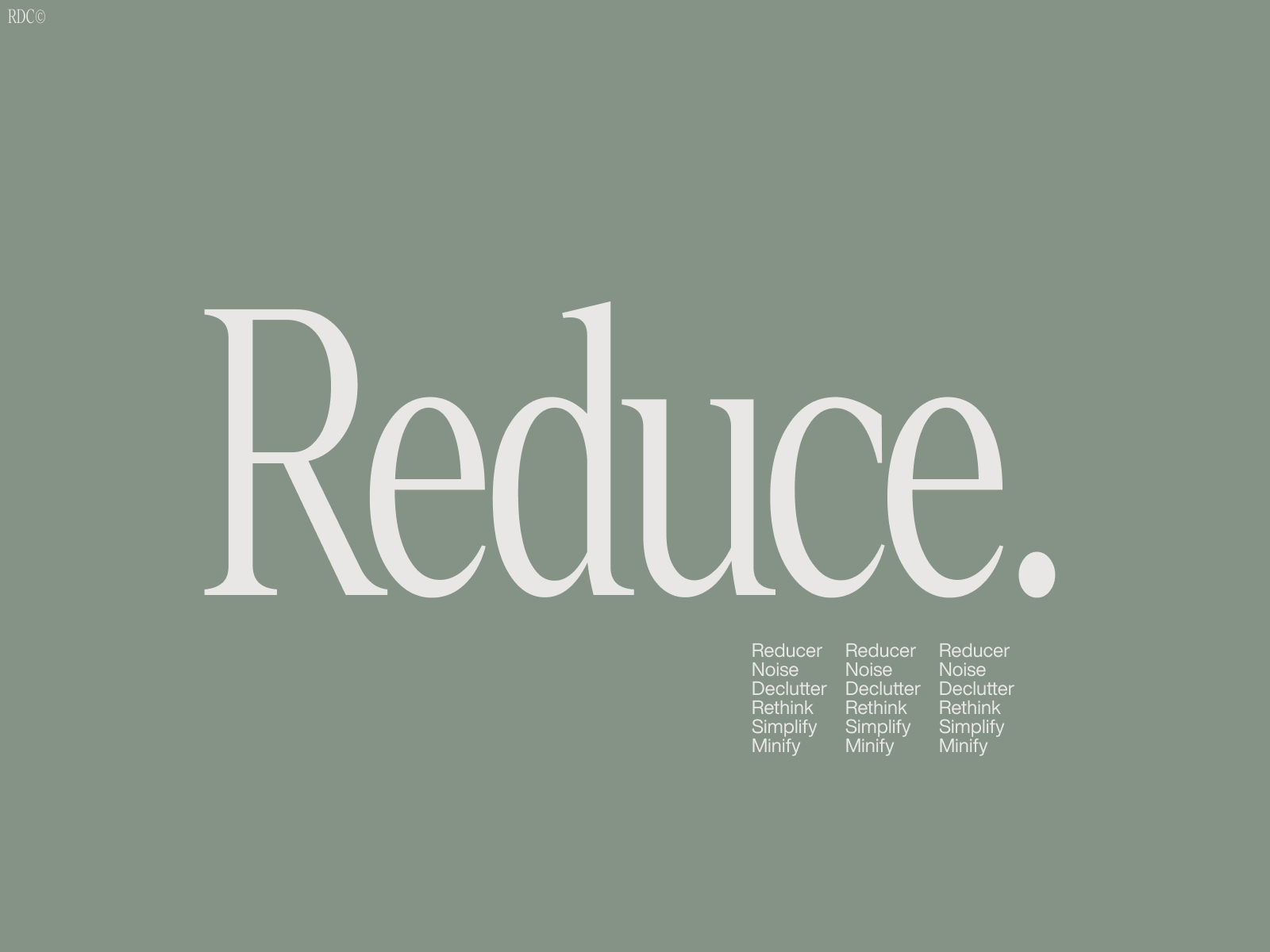Embracing the Adaptive Nature of AI
Artificial Intelligence (AI) is not just a static tool that we use to solve problems. It's a dynamic, evolving entity that learns, adapts, and grows with us. In this blog post, we're going to explore how AI's adaptive nature is revolutionizing the world of design.
Note: Below are the links to other articles from this series:
The Adaptive Power of AI
AI's ability to learn and adapt is one of its most powerful features. It's what allows AI to understand our preferences, anticipate our needs, and provide personalized experiences. This adaptive power is transforming the way we interact with technology, making our devices more intuitive and responsive.
For instance, AI-powered recommendation systems learn from our past behavior to suggest content we might like. Voice assistants like Siri and Alexa adapt to our speech patterns to understand us better. And AI-powered design tools can generate design elements based on our preferences, making the design process faster and more efficient.
But AI's adaptive power doesn't stop there. It's also changing the way we design our technology, leading to more immersive and interactive experiences.
Immersive Interactions: The New Frontier
AI is pushing the boundaries of what's possible in user interface (UI) design. It's enabling more immersive, interactive experiences that engage users on a deeper level.
Take, for example, the rise of virtual reality (VR) and augmented reality (AR). These technologies use AI to create immersive environments that users can interact with in intuitive ways. AI adapts the virtual environment to the user's actions, creating a seamless, interactive experience.
Another example is the use of AI in adaptive user interfaces. These interfaces adjust to the user's behavior, environment, and preferences. For instance, a music app might adapt its interface based on the user's listening habits, the time of day, or the device they're using.
Real-World Examples of Adaptive AI in Design
To see the adaptive power of AI in action, let's look at some real-world examples:
- Google's AutoDraw: This AI-powered tool turns your rough sketches into polished drawings. It adapts to your drawing style, making it easier to create professional-looking designs.
- Spotify's Discover Weekly: This feature uses AI to learn your music preferences and suggest new songs you might like. It adapts to your listening habits, providing a personalized music experience.
- Adobe's Sensei: This AI technology powers many of Adobe's creative tools. It adapts to your design preferences, helping you create stunning visuals faster.
- Netflix's recommendation system: Netflix uses AI to adapt its content recommendations based on your viewing history, providing a personalized viewing experience.
- Apple's Siri: Siri uses AI to adapt to your speech patterns and preferences, making it easier to interact with your devices.
The Future is Adaptive
The adaptive power of AI is revolutionizing the world of design. It's making our technology more intuitive, personalized, and immersive. And as AI continues to evolve, we can expect to see even more exciting developments in this area.
So, the next time you interact with your favorite app or device, take a moment to appreciate the adaptive AI working behind the scenes to enhance your experience.
In our next post, we'll explore another fascinating aspect of AI-enhanced design. Stay tuned for "AI and the Art of Storytelling - AI Enhanced Design Part 6". Don't forget to join the discussion on Twitter @SubsystemHQ!




